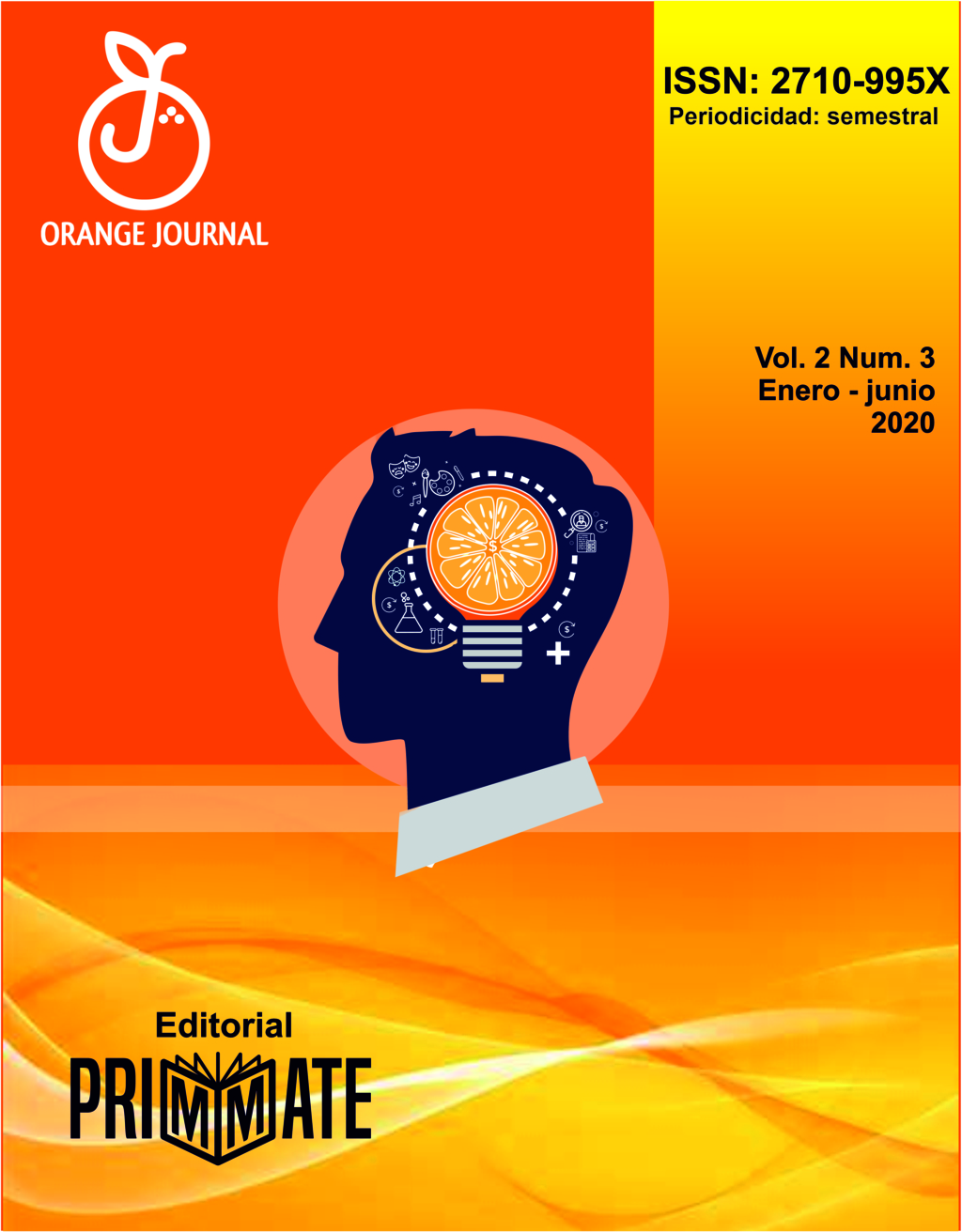The Pharmacotoxicological Consulting Service 22 years after its foundation, main achievements
DOI:
https://doi.org/10.46502/issn.2710-995X/2020.3.04Keywords:
Pharmacotoxicological Consulting, consultations, intoxicated patients, information.Abstract
The Pharmaco-Toxicological Consulting service (CFT), created in October 1997, to provide immediate, updated and accurate information about drugs and medicinal plants pharmacotoxicological properties, as well as elements for the diagnosis, treatment and prevention of poisonings by the most varied chemical substances to the health professionals and to the whole population. The aim of this work is to present the main characteristics and results of the PTC service in 22 years of work. During this work period, more than 13,279 consultations have been attended, of which 10,877 (81.9%) are pharmacological, 632 (4.8%) toxicological, and 471 (3.5%) correspond to support in emergency care for poisoned patients. The most frequent causal agents of intoxication were drugs, pesticides and household products, although it must be noted the rise in consultations for medicinal plant products. This is an easily accessible service that offers reliable and updated information, that’s why it has contributed over the years to decrease morbidity and mortality from poisonings in the eastern region of the country and continue in a position of preference for the population, despite the rise of technologies and Internet access.
Downloads
References
American Association of Poison Control Centers (2011). Annual Report of the American Association of Poison Control Centers' AAPCC ANNUAL REPORT OF THE NPDS. Clinical Toxicology, 49, 910-941.
Berenguer, C.A., & Fong, O. (2006) Web SIADA. Un sitio contra las adicciones. Ciencia en su PC. Disponible en: http://www.redalyc.org/artículo.oa?id=181322790005 ISSN 1027-2889.
Berland, G., Elliott, M., Morales, L., Algazy, J., Kravitz, R., Broder, M., & Glynn, M.C. (2001). Health information on the Internet: accessibility, quality, and readability in English and Spanish. JAMA, 285(20), pp. 2612-2621.
Domínguez, A., Reyes, L., García, O., Macías, B., y Pérez, L. (2006). Informática Médica y Toxicología de Plantas Medicinaloes con Acción Antimicrobiana. Ciencia en su PC. Disponible en: http://www.redalyc.org/artículo.oa?id=181322790004 ISSN 1027-2889.
Eddleston, M, y Phillips, M.R. (2004). Self poisoning with pesticides. BMJ 328, pp. 42-44.
Eysenbach, G. y Kholer, C. (2002). How do consumers search for and appraise health information on the World Wide Web? Qualitative study using focus groups, usability test, and in-depth interviews. British Medical Journal, 324(7337), pp. 573- 577.
Holmes, R., Deselle, P., Nasth, M. y Markuss, J. (2005). Ask the Pharmacist: An analysis of online Drug Information Services. The Annals of Pharmacotherapy. 39(4), pp. 662-5.
Macías, B. (2009) Plantas Medicinales y Embarazo. Santiago de Cuba: Editorial Oriente. ISBN 978-959-11-0644-5.
Organización Mundial de la Salud (1998). Directrices para la lucha contra las intoxicaciones. Ginebra: OMS, p. 4-19.
Peláez, R., Capote, B., y Jomarrón Y. (2017). El Centro Nacional de Toxicología a propósito de su XXX aniversario. Rev Cub Med Mil, 46(1), pp. 1-9. Disponible en: http://scielo.sld.cu/scielo.php?script=sci_arttextypid=S013865572017000100001ylng=es
Periódico Granma. (2020). Cuatro millones de cubanos acceden a internet desde sus celulares (13 de agosto de 2020). Disponible en http://www.granma.cu/cuba/2020-0813//cuatro-millones-de-cubanos-acceden-a-internet-desde-sus-celulares.
Repetto, M. (1997). Toxicología Fundamental. Madrid, España: Editorial Díaz de Santos, p. 1-14.
Repetto, M., y Repetto, G (2009). Toxicología fundamental. Madrid, España: Editorial Díaz de Santos.
Sistema Nacional de Información Tóxico-Farmacológica (1997). Estadística anual de casos de intoxicacao e envenenamento. SINITOX. (Citado 24 sep 2011). Disponible en: http://www.fiocruz.br/cict/informacao/intoxicaoeshumanas/sinitox.html
Torres, C., Medina, B., y Bravo, R. (2001). Información sobre medicamentos en internet. Atención Primaria, 27(2), pp. 96.
Wagner, H., Baker, C., Bundorf, K. y Singer, S. (2004). Use of the internet for health information by the chronically III. Preventing Chronic Disease, 1(4), pp. 1- 13.
World Health Organization (2014). Global Health Estimates, Deaths by Cause, Age and Sex, Estimates for 2000-2012. Geneva, https://www.who.int/










